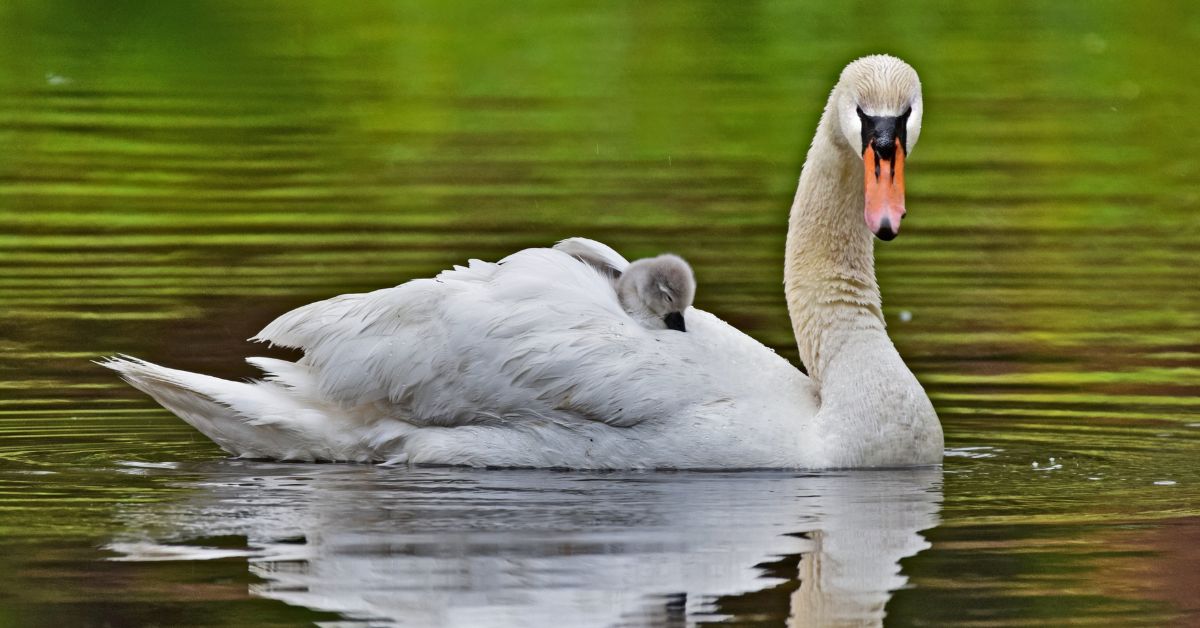Friends of Animals is alarmed that the New York Dept. of Environmental Conservation has killed 563 mute swans in the last five years. According to the 2023 January Waterfowl Count, there are a measly 1,781 mute swans left in the state.
When pressed about what conditions led to the killing, DEC refused to provide specific details and gave the usual boilerplate response about speculative threats: They had to mitigate negative interactions with the humans—attacks on pets and people— as well as so-called negative impacts on native bird species and natural plant communities.
“We are rightfully anxious because if it wasn’t for the intervention of two legislators and the advocacy of Friends of Animals and our supporters, New York’s mute swans would be extinct in four months. Let that sink in,” said Priscilla Feral, president of Friends of Animals.
She explained that these magnificent birds who mate for life and are protective parents were spared from a government-sanctioned death in 2016 by then Gov. Cuomo when he signed legislation that put a moratorium on DEC’s efforts to exterminate the birds by 2025 and declare them a “prohibited species.”
“Now that a moratorium on the extinction plan has lifted, it appears DEC is quietly eliminating them,” Feral said.
Mute swans persecution persists thanks to DEC’s ongoing smear campaign that labels mute swans as invasive even though they have been here since the late 19th Century. Clearly DEC still thinks NY is better without them.
“When the DEC gets away with saying that mute swans are invasive, all the misconduct toward these majestic birds is justified in the eyes of the abusers. It opens the door for mistreatment and lack of respect and continues to put them in harm’s way,” Feral said.
As in the past, NY DEC offers no demonstrable evidence of their absurd claims about mute swans’ aggressive behavior toward people, destruction of submerged aquatic vegetation (SAV), displacement of native wildlife and degradation of water quality.
DEC fails to admit that loss of SAV has to do with runoff containing significant concentrations of nitrogen and phosphorus from fertilizers, pesticides, and industrial and animal waste.
“Not to mention, how could 1,781 mute swans, less than one-quarter of one percent of NY’s waterfowl, have more of an impact than 454,000 birds, when most birds listed also consume aquatic vegetation,” Feral said.
The DEC argues that SAV beds are important for sustaining species of conservation concern—including black duck, canvasback and Atlantic brant. The DEC neglects to mention it allows hunters to blow the heads off these species of concern.
“If DEC is concerned that species counts are down, look at the 44,800 hunters the state permits to shoot ducks, coots and geese,” Feral said.
The DEC also tries to blame mute swans for the abandonment of colonies in other states of least terns and black skimmers, two species of conservation concern in New York. But the agency conveniently leaves out that its own black tern surveys have found that habitat is compromised by agricultural run-off, pollution, residential and commercial development and recreational watercraft disturbance.
“People’s habits are the problem, not swans. Mute swans are our neighbors and humans need to alter their behavior so these birds and other waterfowl do not have to feel defensive when their young are being threatened when boaters, jet skiers and kayakers get too close,” Feral said.
“We must share our waterways accordingly and not encourage the slaughter of birds who are minding their own business.”

